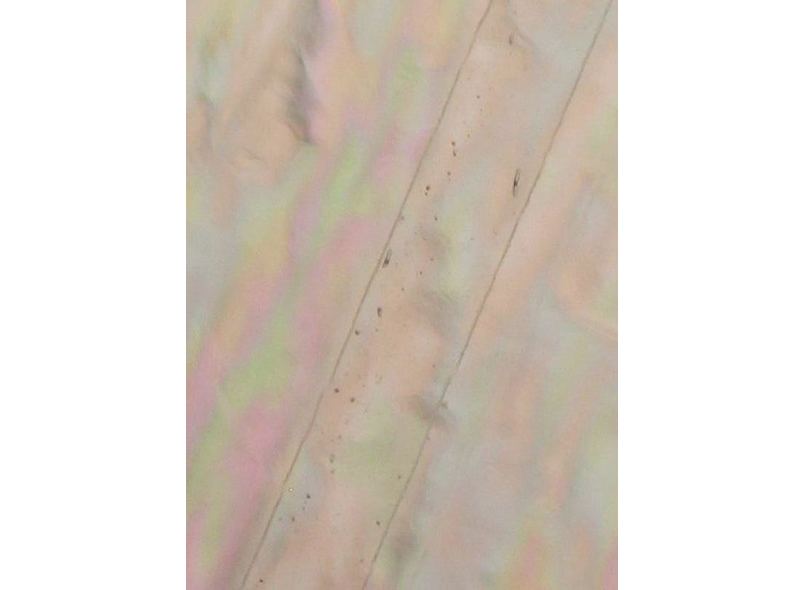Home PageAbout MindatThe Mindat ManualHistory of MindatCopyright StatusWho We AreContact UsAdvertise on Mindat
Donate to MindatCorporate SponsorshipSponsor a PageSponsored PagesMindat AdvertisersAdvertise on Mindat
Learning CenterWhat is a mineral?The most common minerals on earthInformation for EducatorsMindat ArticlesThe ElementsThe Rock H. Currier Digital LibraryGeologic Time
Minerals by PropertiesMinerals by ChemistryAdvanced Locality SearchRandom MineralRandom LocalitySearch by minIDLocalities Near MeSearch ArticlesSearch GlossaryMore Search Options
The Mindat ManualAdd a New PhotoRate PhotosLocality Edit ReportCoordinate Completion ReportAdd Glossary Item
Mining CompaniesStatisticsUsersMineral MuseumsClubs & OrganizationsMineral Shows & EventsThe Mindat DirectoryDevice SettingsThe Mineral Quiz
Photo SearchPhoto GalleriesSearch by ColorNew Photos TodayNew Photos YesterdayMembers' Photo GalleriesPast Photo of the Day GalleryPhotography
╳Discussions
💬 Home🔎 Search📅 LatestGroups
EducationOpen discussion area.Fakes & FraudsOpen discussion area.Field CollectingOpen discussion area.FossilsOpen discussion area.Gems and GemologyOpen discussion area.GeneralOpen discussion area.How to ContributeOpen discussion area.Identity HelpOpen discussion area.Improving Mindat.orgOpen discussion area.LocalitiesOpen discussion area.Lost and Stolen SpecimensOpen discussion area.MarketplaceOpen discussion area.MeteoritesOpen discussion area.Mindat ProductsOpen discussion area.Mineral ExchangesOpen discussion area.Mineral PhotographyOpen discussion area.Mineral ShowsOpen discussion area.Mineralogical ClassificationOpen discussion area.Mineralogy CourseOpen discussion area.MineralsOpen discussion area.Minerals and MuseumsOpen discussion area.PhotosOpen discussion area.Techniques for CollectorsOpen discussion area.The Rock H. Currier Digital LibraryOpen discussion area.UV MineralsOpen discussion area.Recent Images in Discussions
EducationEnhydros in large amethyst cluster?

2nd Jan 2018 03:37 UTCTheodore Hansen Theo
I am going to look over my large cluster to look for some
this cluster btw is 26.6 pounds!
measures one foot by 9 inches! and bout 3 or 4 inches thick! very heavy and very beautiful!
2nd Jan 2018 04:50 UTCOwen Lewis
As you know 'enhydro is a fairly common occurrence in quartz. However, many/most examples are hard to see without using transmitted light and microscope. All a but difficult with pieces weighing in pounds rather than in ounces, so with your specimen it's quite likely that you may not even spot
Here are a few in the natural seed plate of a synthetics hydrothermally grown specimen. The crystal is about 13mm in diameter so, as you can see the gas bubble in the largest of the two phase inclusions will be just a few microns in diameter only.Whether the crystals are clustered or grow singly won't affect the presence of inclusions - only the ease of spotting them.
First image, the seed plate with approx a 1mm width can just be seen running the length of the synthetic crystal but, at this magnification, the 'enhydros' can't be seen, even in his very clear crystal. Transmitted white light with the specimen between crossed polars
Second image is a zoomed crop of the file above refocussed to show part of the seed plat as sharply as possible. Just in this small section of the natural seed plate there are now over a dozen or so liquid and gas inclusions now to be seen.

2nd Jan 2018 04:54 UTCTheodore Hansen Theo

2nd Jan 2018 04:54 UTCTheodore Hansen Theo




Mindat.org is an outreach project of the Hudson Institute of Mineralogy, a 501(c)(3) not-for-profit organization.
Copyright © mindat.org and the Hudson Institute of Mineralogy 1993-2024, except where stated. Most political location boundaries are © OpenStreetMap contributors. Mindat.org relies on the contributions of thousands of members and supporters. Founded in 2000 by Jolyon Ralph.
Privacy Policy - Terms & Conditions - Contact Us / DMCA issues - Report a bug/vulnerability Current server date and time: April 20, 2024 00:51:07
Copyright © mindat.org and the Hudson Institute of Mineralogy 1993-2024, except where stated. Most political location boundaries are © OpenStreetMap contributors. Mindat.org relies on the contributions of thousands of members and supporters. Founded in 2000 by Jolyon Ralph.
Privacy Policy - Terms & Conditions - Contact Us / DMCA issues - Report a bug/vulnerability Current server date and time: April 20, 2024 00:51:07














